Has anyone else noticed how suspiciously quiet ERCOT has been this summer? We’re almost halfway through July, and Texas has yet to experience the kind of extreme heat or sky-high demand that has defined previous summers.
So far this month, average load is sitting around 74 GW, which is roughly 2 to 4 GW lower than what we saw in both 2022 and 2023. That’s particularly surprising given the steady demand growth across the state over the last few years. For context, July 2023 became the hottest July on record for several Texas cities, with average ERCOT RTO-weighted high temperatures (across HE15–17) hitting 97–98°F in both 2022 and 2023. As of July 11, 2025, those same weighted temperatures across HE15-17 are hovering around 88°F, almost 10 degrees cooler. This is based on weighted temperatures from the Amperon platform.
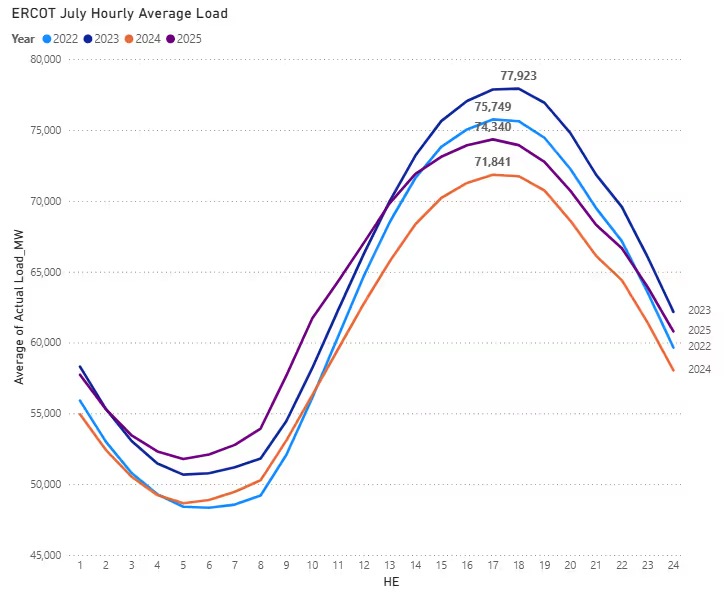
So far this summer, ERCOT has yet to see a single day with peak demand above 80 GW, with the 21st initially having the possibility to be the first day we break this barrier. RTO-weighted actual temperatures haven’t surpassed 93.9°F this July, and the all-time peak demand record of 85,508 MW, set on August 10, 2023, remains unchallenged. But with a warming trend expected to take hold this week, that could soon change. Amperon is forecasting demand to climb above 84 GW early next week—just shy of last summer’s record—though those numbers remain subject to change. Additionally, multiple 80 GW + days are in our current forecast, as well as the ISOs.
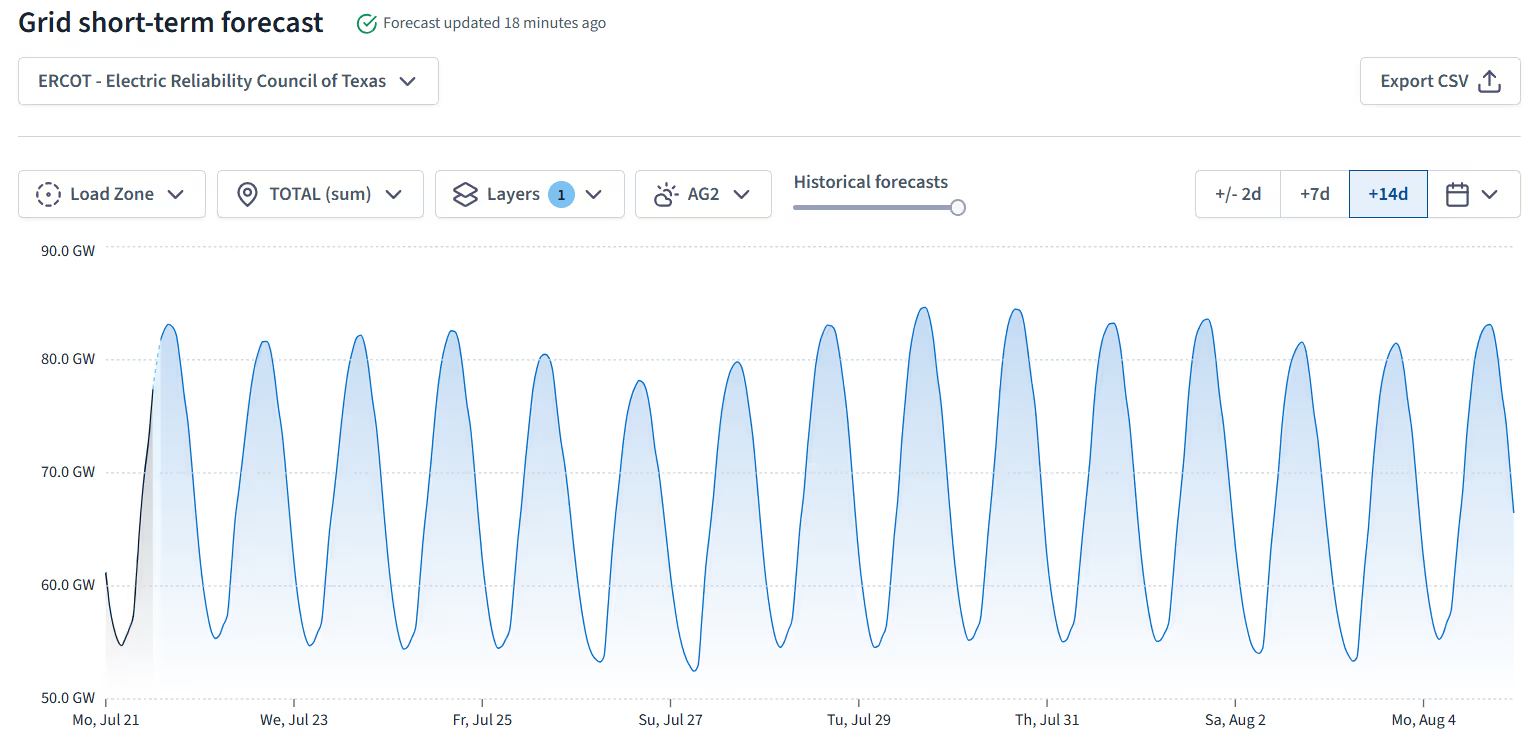
We’re used to a different Texas summer story: relentless heat and daily peak demand records falling like dominoes. So what’s holding demand back—even on hot days?
One key uncertainty is how much demand response will curb peak loads. In June, we saw consistent demand response (DR) activity flattening peaks on hotter days, largely driven by 4CP risk. Because ERCOT’s WSL (Wholesale Storage Load) component was published on a lag, participants couldn’t identify CP days in real time and instead curtailed load across a broader set of high-demand days. That behavior is likely to continue into July, especially as temperatures rise. In fact, we saw this occur yesterday, July 21st. This day had a peak demand forecast above 80 GW, however, starting around HE15, we saw about 2-3 GW of DR occur, caping load just shy of 80 GW. While the heat is returning, the final impact on peak demand remains unclear, and the next two weeks will be critical in determining whether ERCOT breaks its summer silence.
In June, this strategy led to 2–3 GW of demand reduction on some of the hottest days, significantly flattening peak curves even when the weather would’ve suggested a sharper ramp. As more DR participants enter the market each year, that trend will likely continue through the rest of the summer.
If you subscribe to our meteorologist, Dr. Mark Shipham’s daily weather email, then you know the moment you see red on the ERCOT table (signaling higher than average temperatures) the chaos we’ve all been waiting for has finally arrived. But for the summer we've had so far, any kind of consistent heat can trigger mayhem, especially when you add high net load to the recipe. Stay tuned for more updates from the Amperon team.

Receive weekly energy insights straight to your inbox — sign up for our Weekly Accuracy Report.
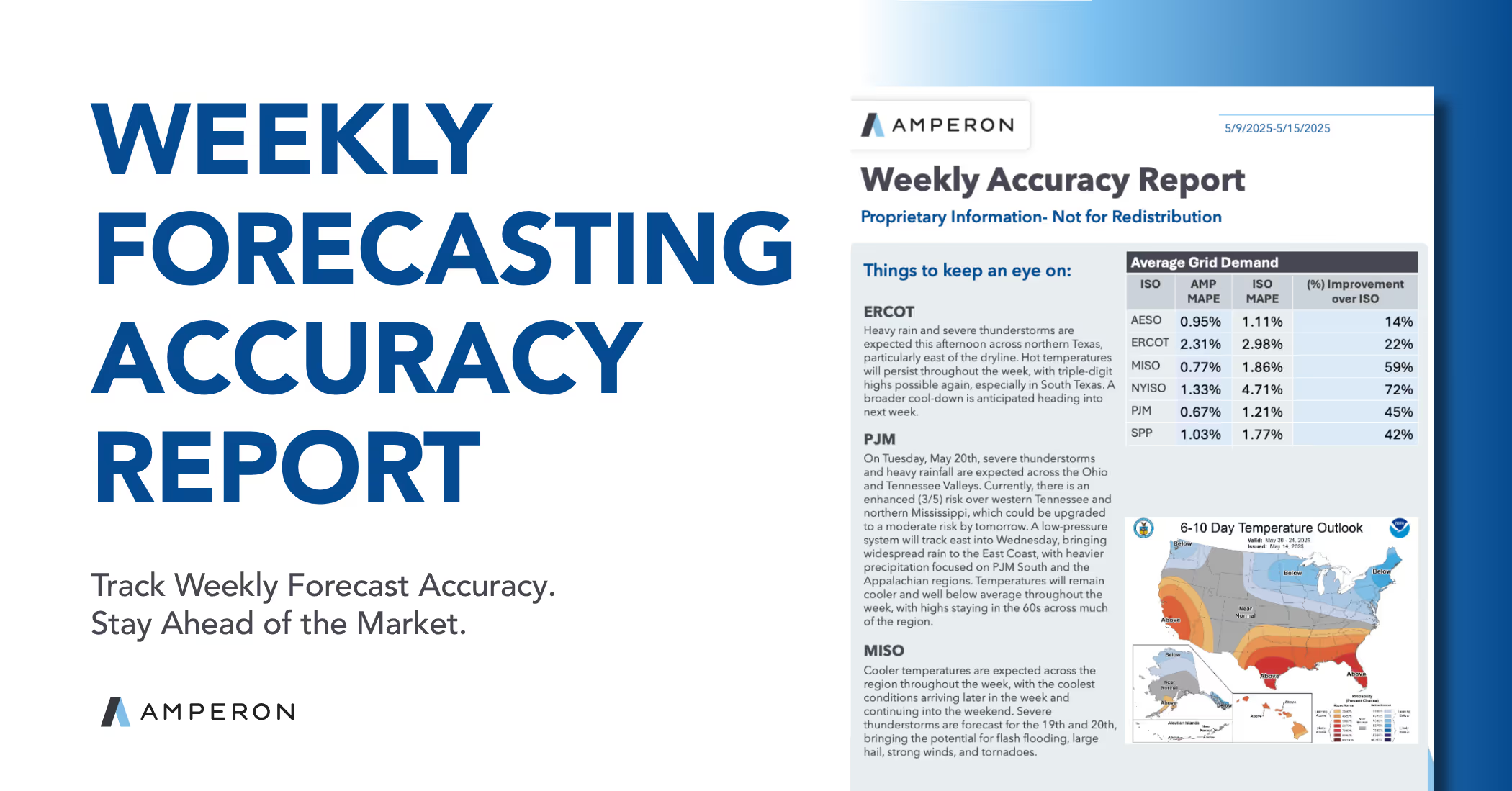




.svg)






%20(3).png)
%20(2).png)
%20(1).png)






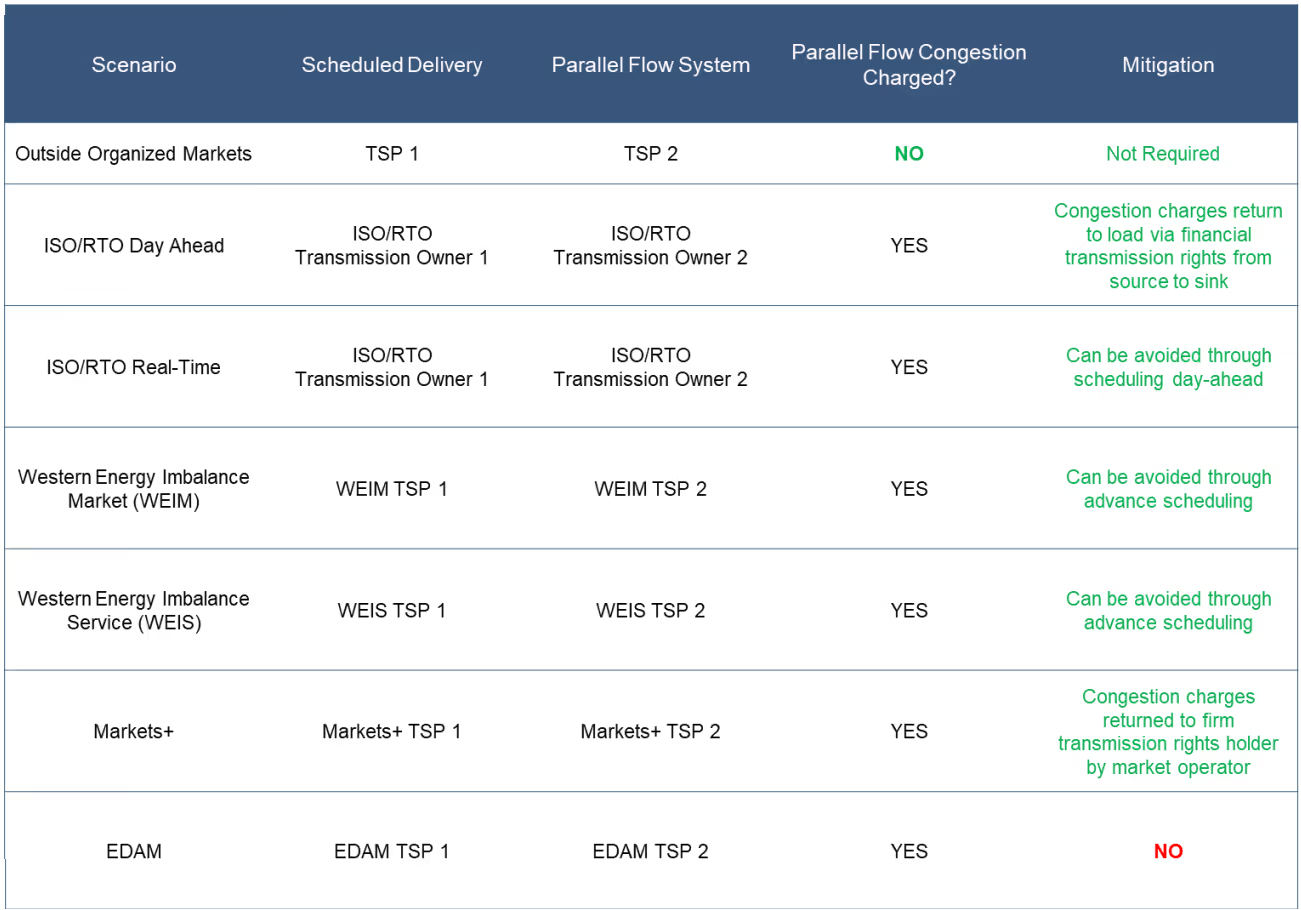
.png)

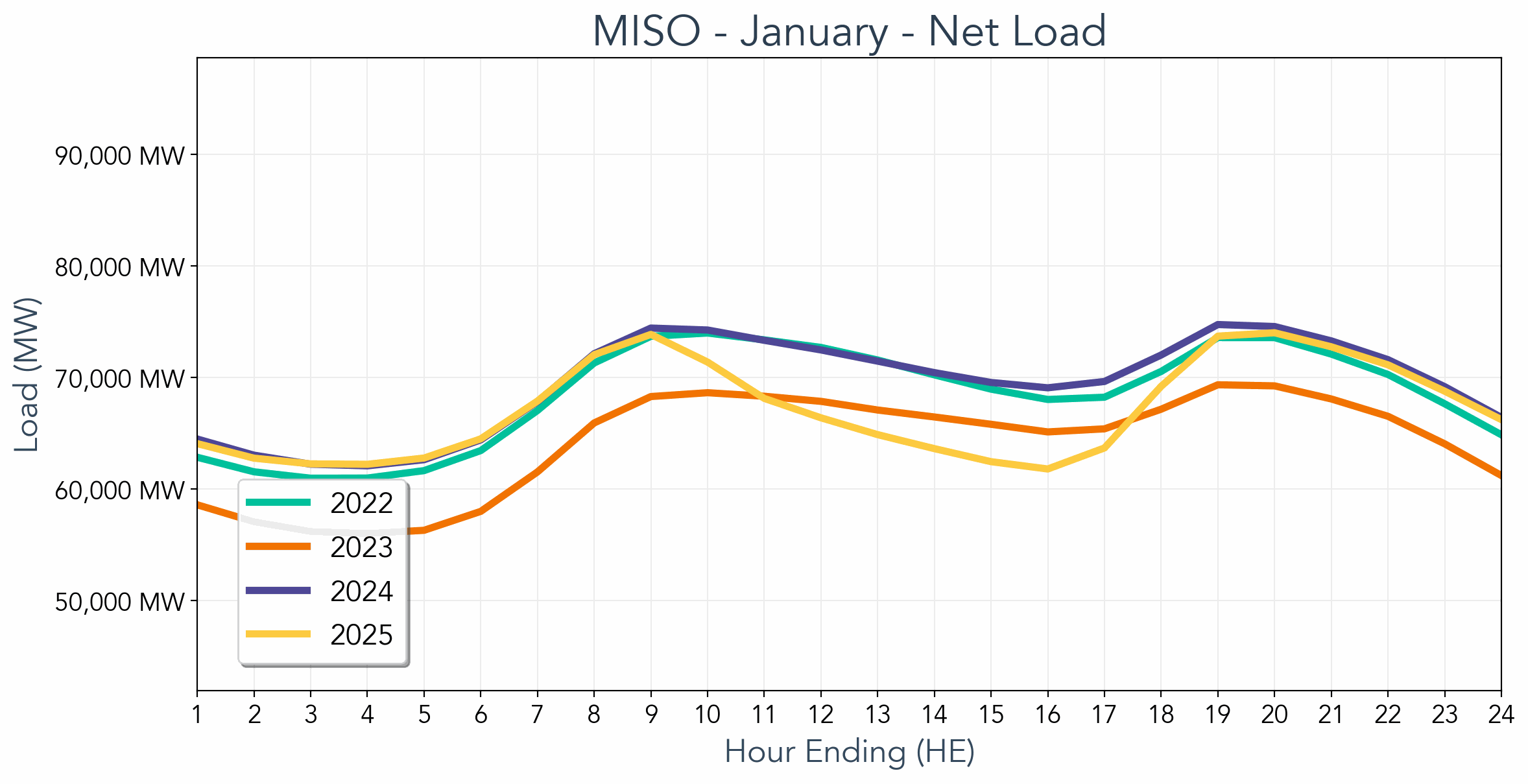

.avif)



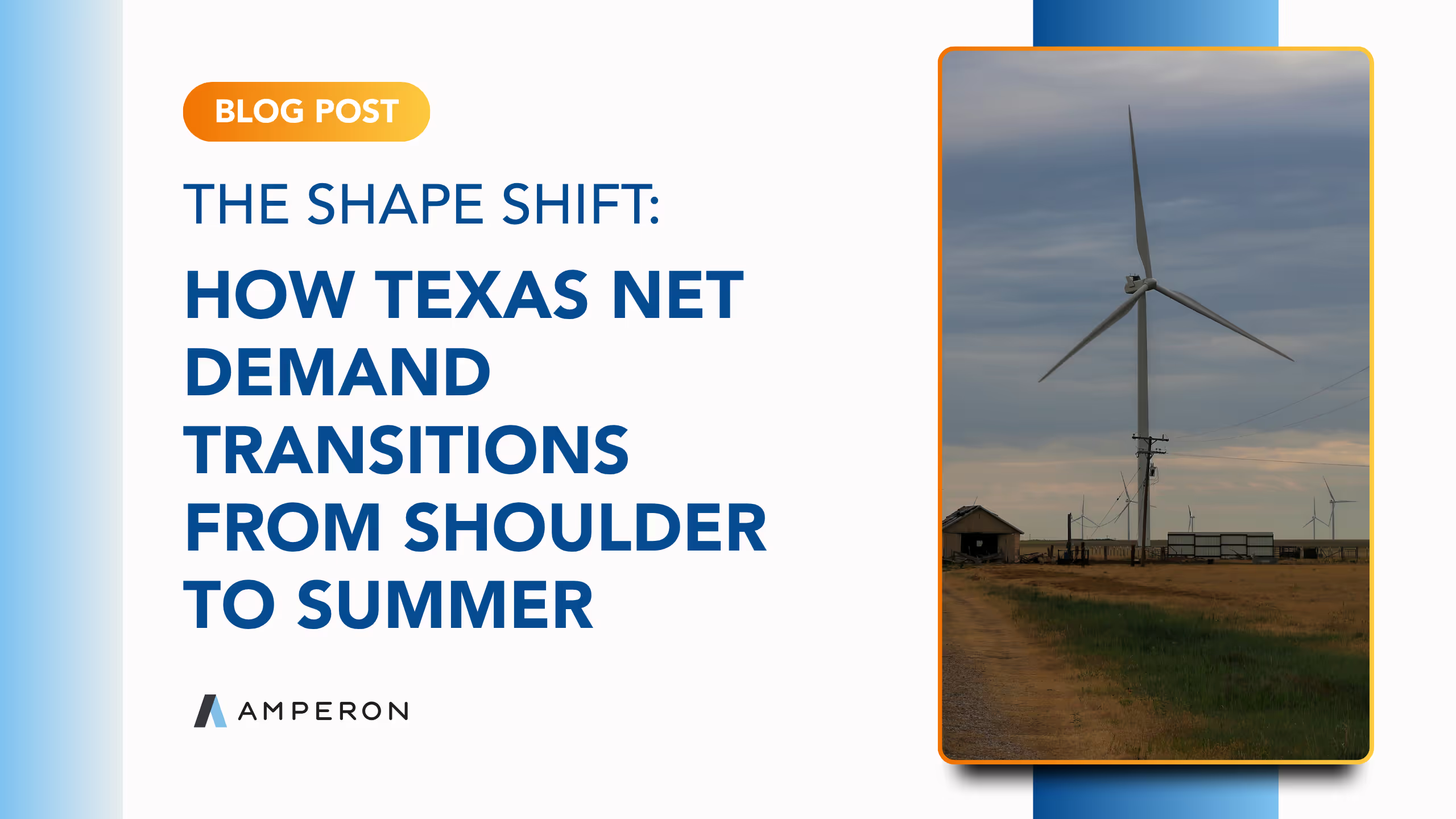
.avif)

.avif)
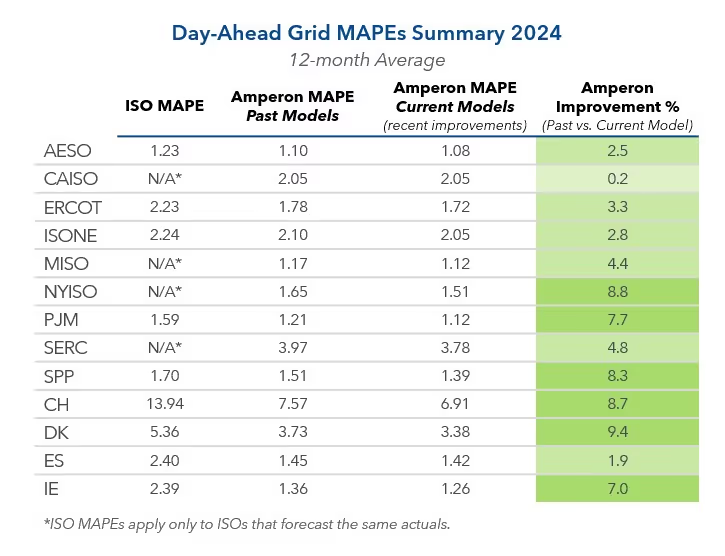

.avif)
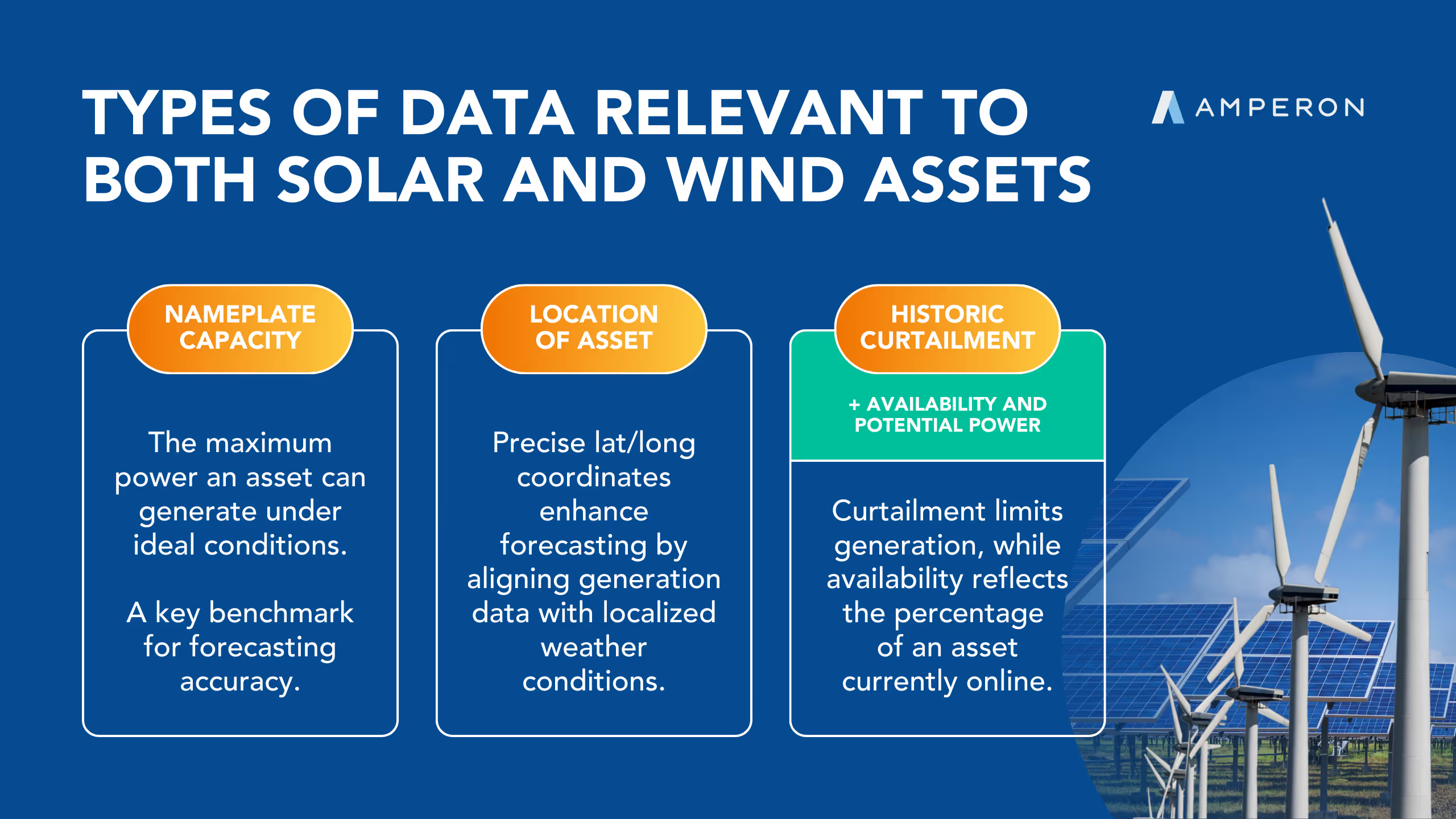
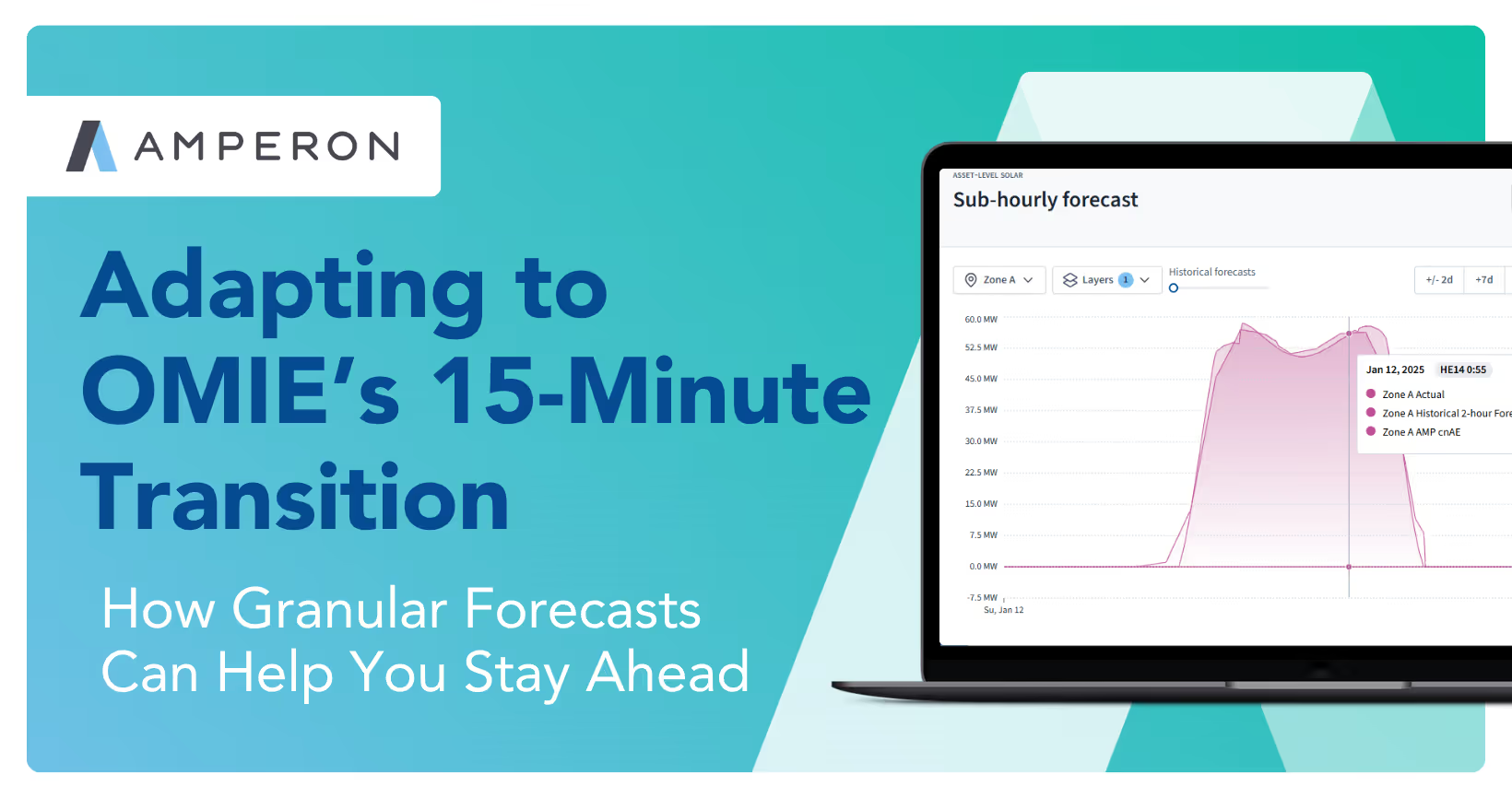

.avif)
%20(15).avif)

.avif)
%20(10).avif)

.avif)


.avif)
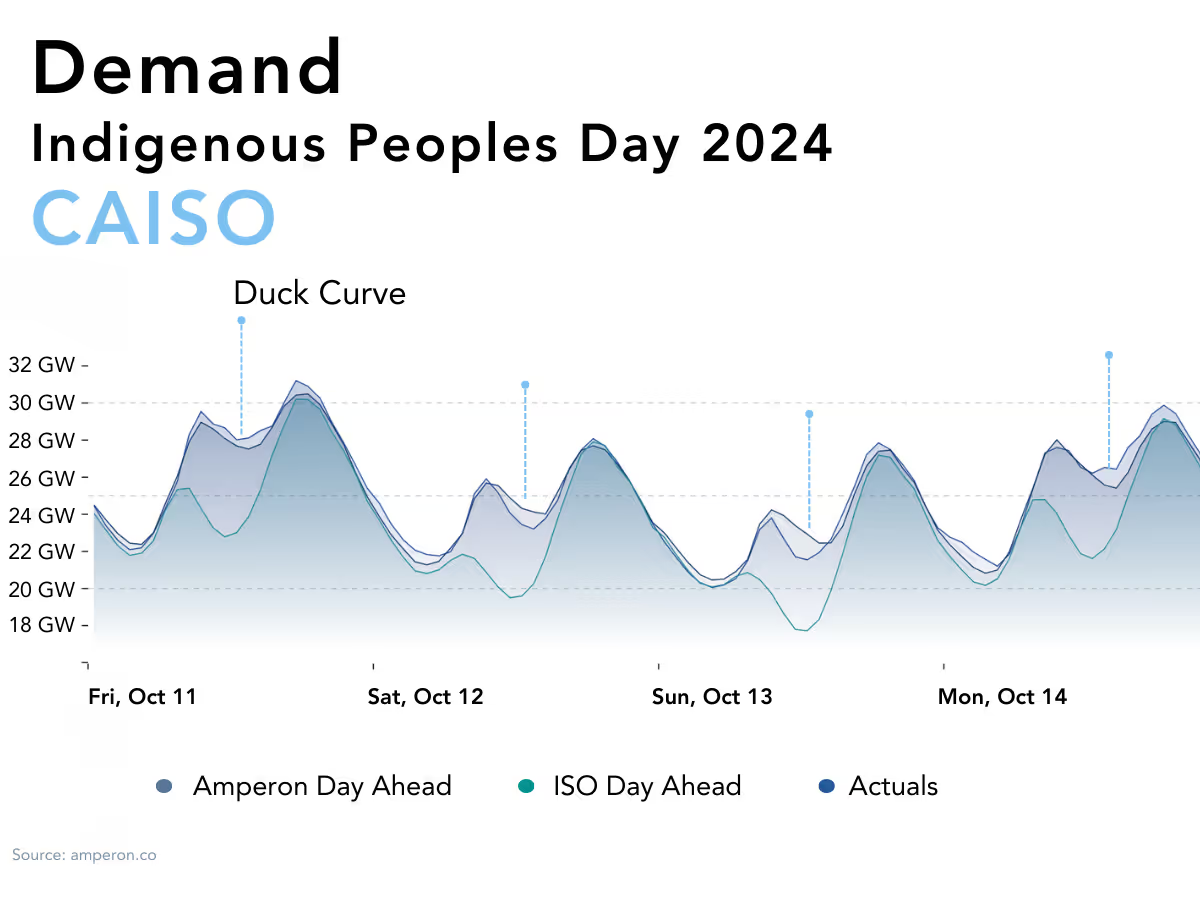
.avif)






.avif)



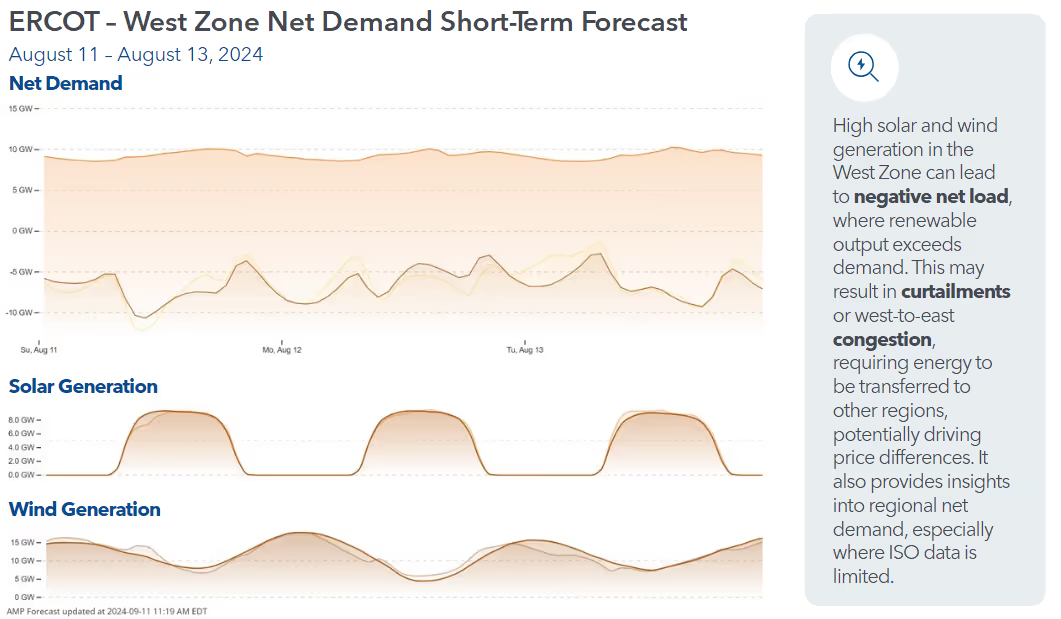
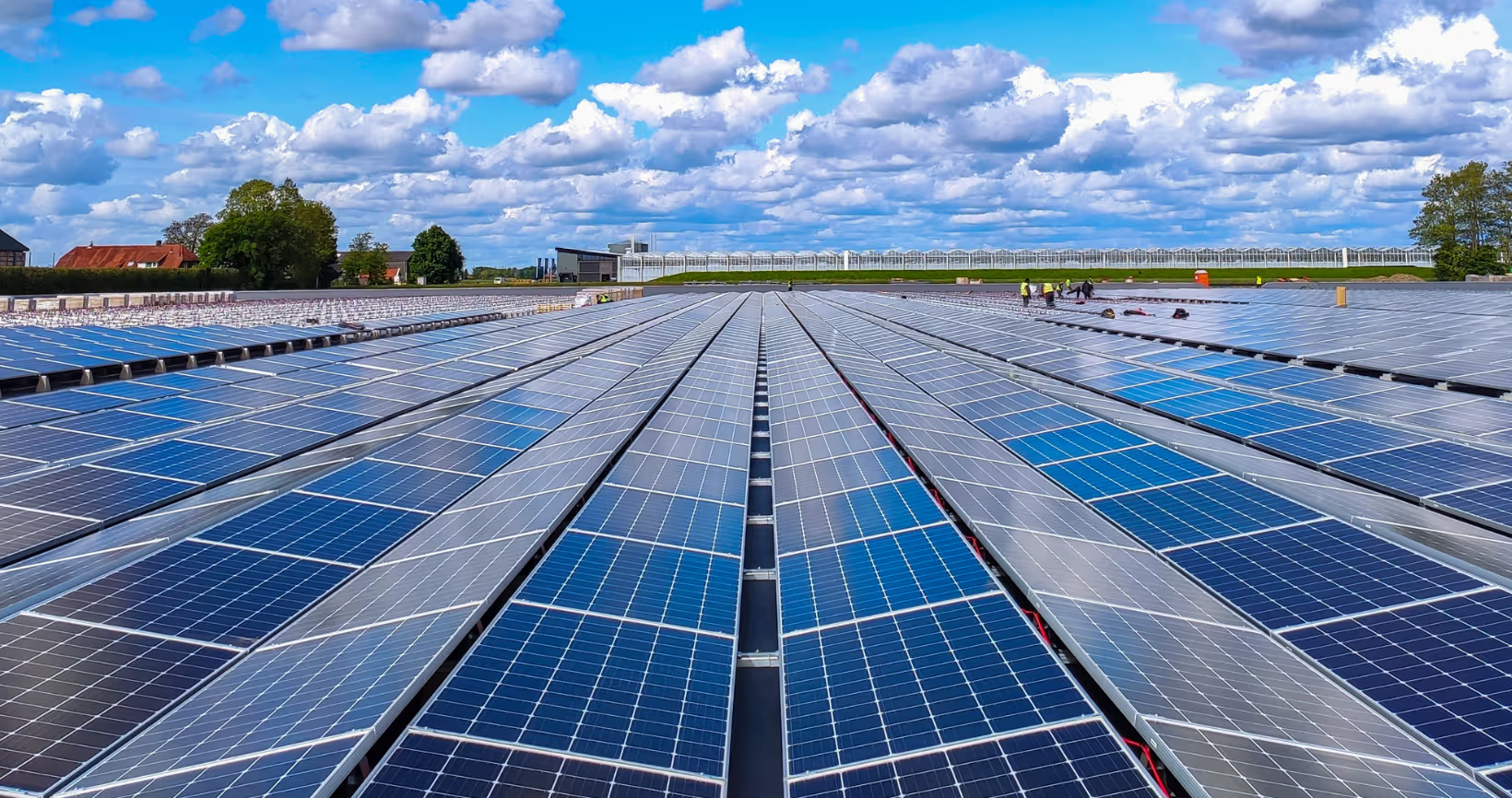


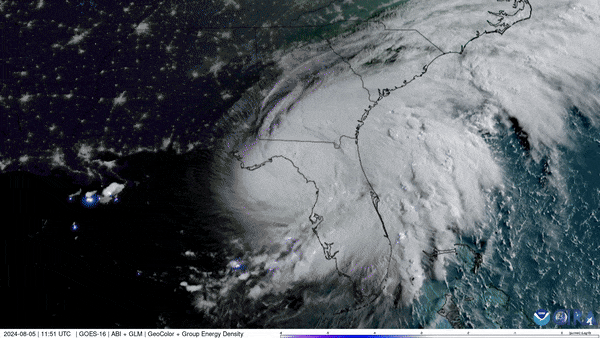

.avif)

.avif)





.avif)

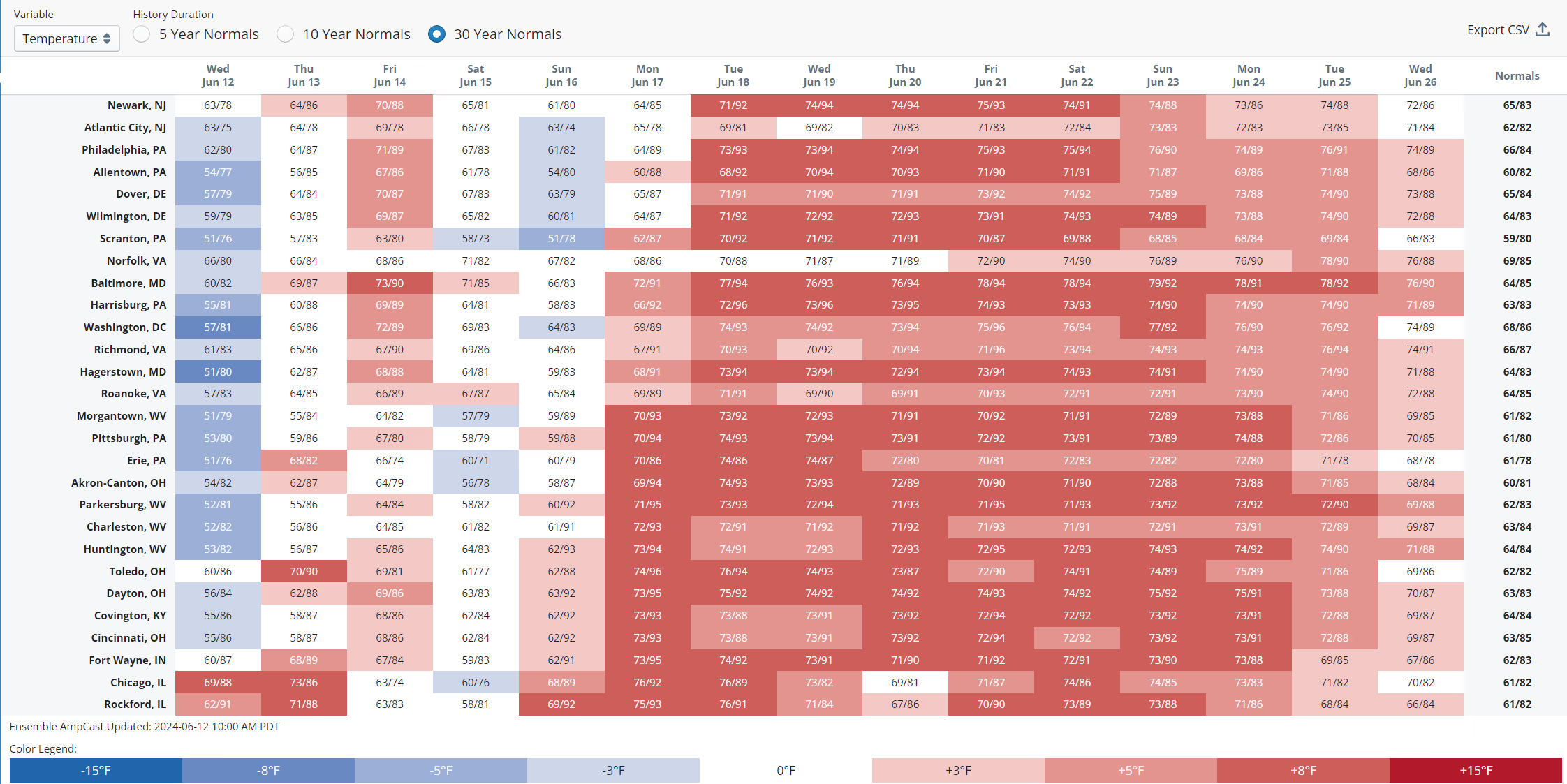
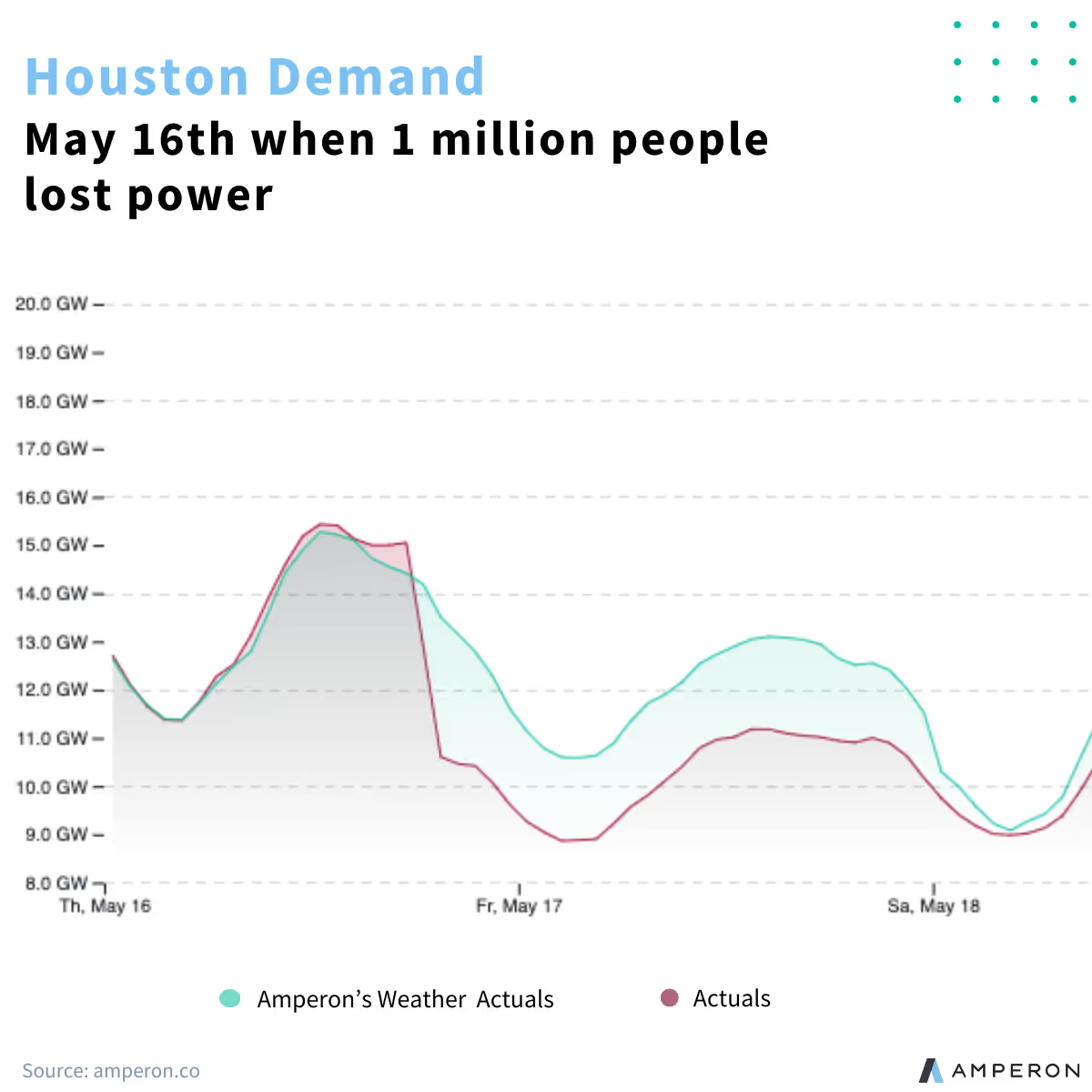


.avif)
.avif)



.avif)

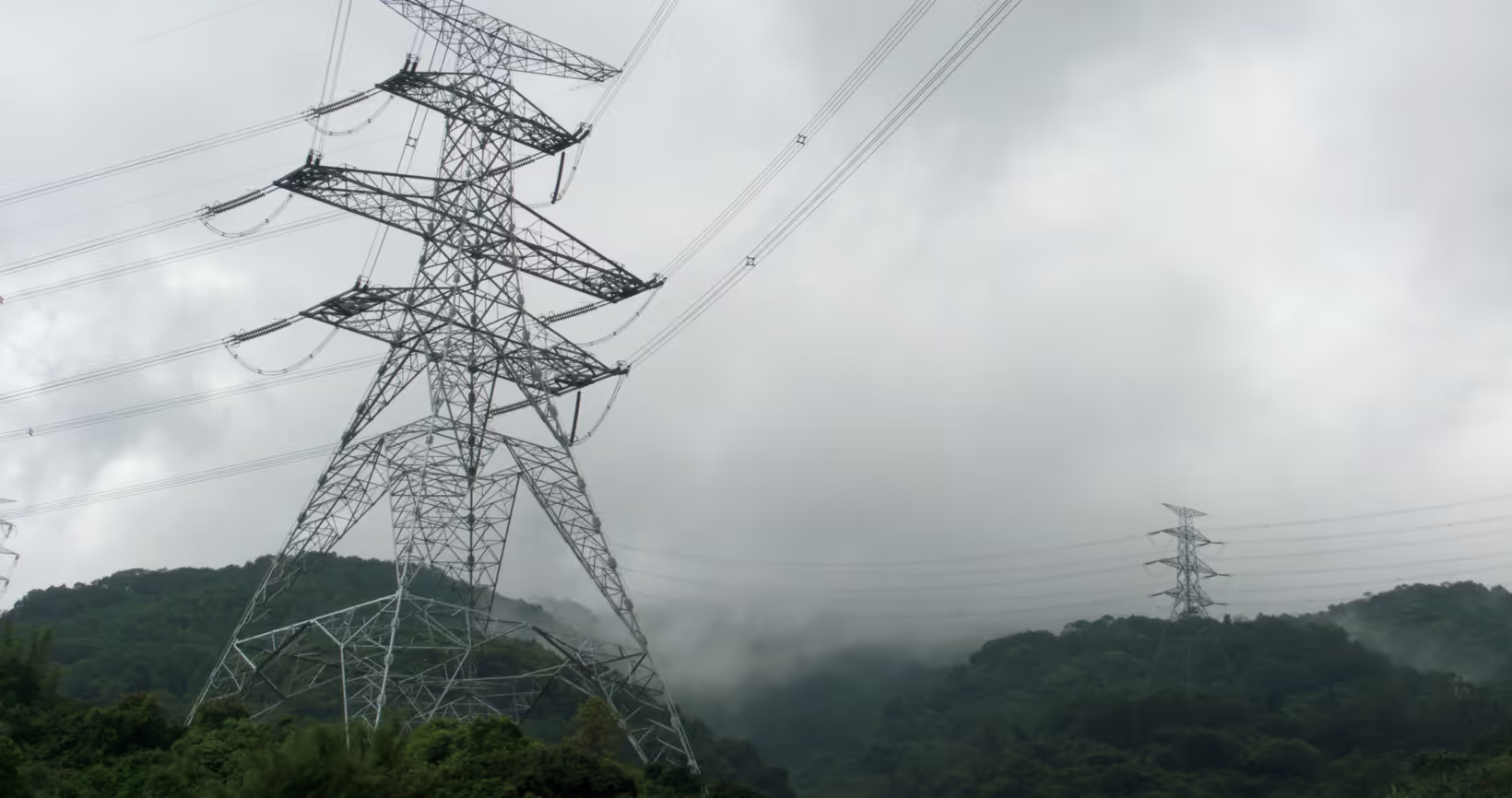


.avif)






